I've the following circuit:
I know that the transfer function is given by:
$$\mathscr{H}\left(\text{s}\right)=\frac{1}{1+sb_1+s^2b_2+s^3b_3}\tag1$$
Now, in this post they say that I can find the cut off frequency by finding:
$$\left|\mathscr{H}\left(\omega j\right)\right|=\frac{1}{\sqrt{2}}\cdot\left|\mathscr{H}\left(0 j\right)\right|\tag2$$
Question: so in my example I found that (when all the components have a value of \$1\$):
$$\omega_0\approx0.335005\tag3$$
Is that correct?



